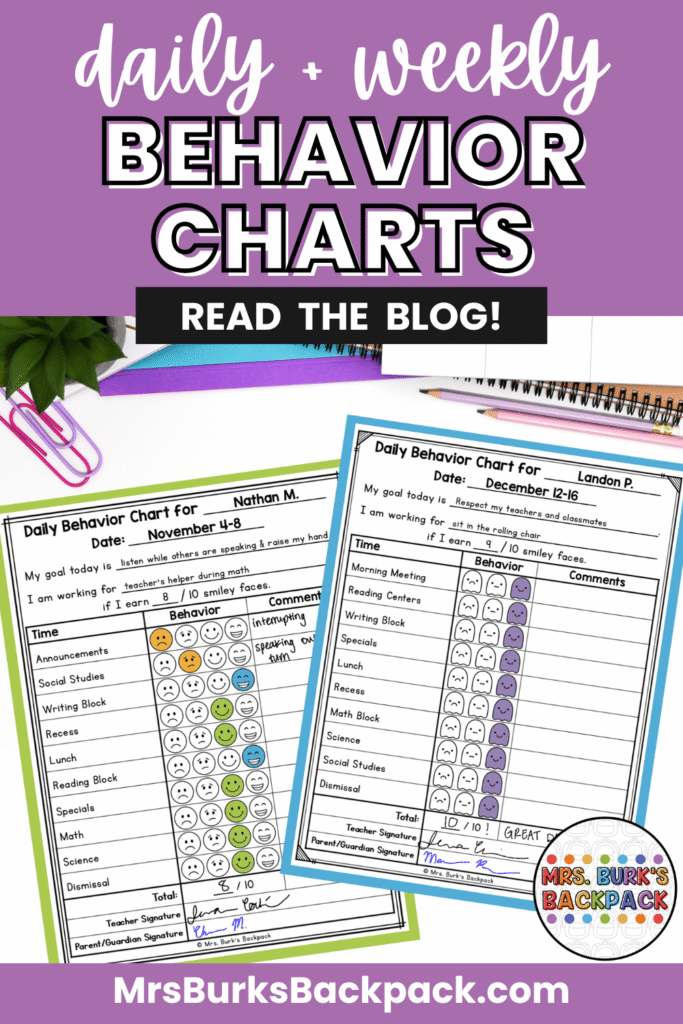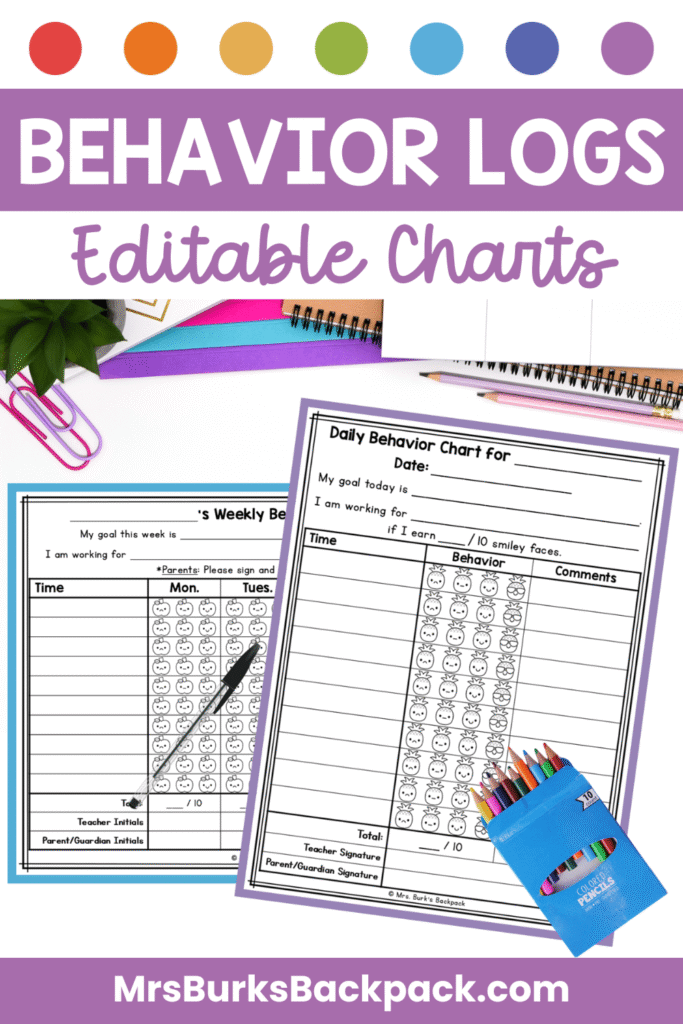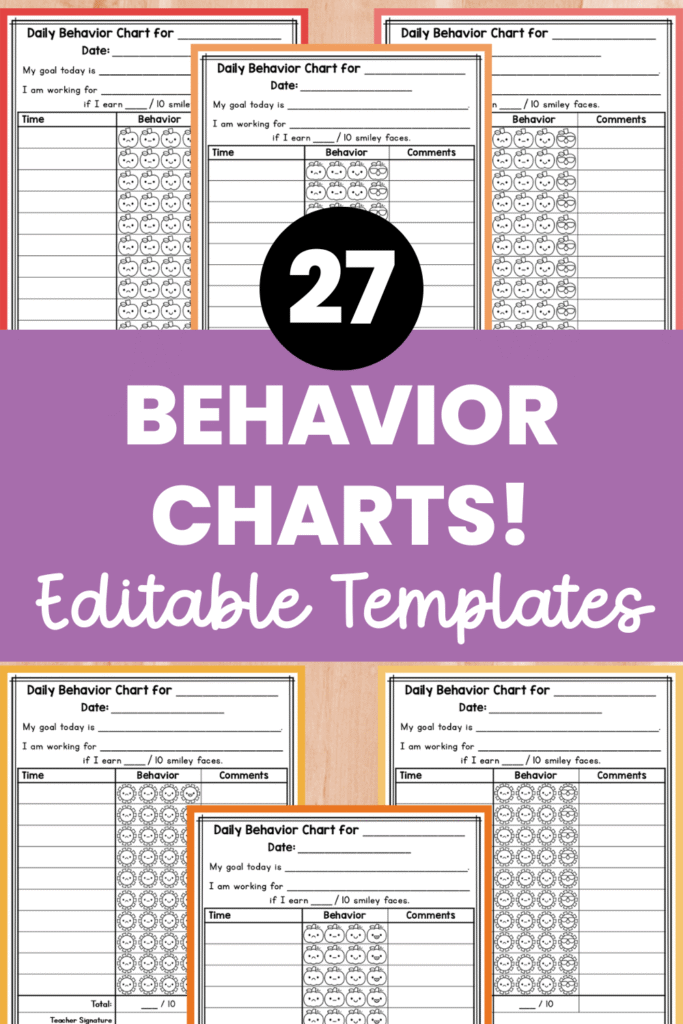
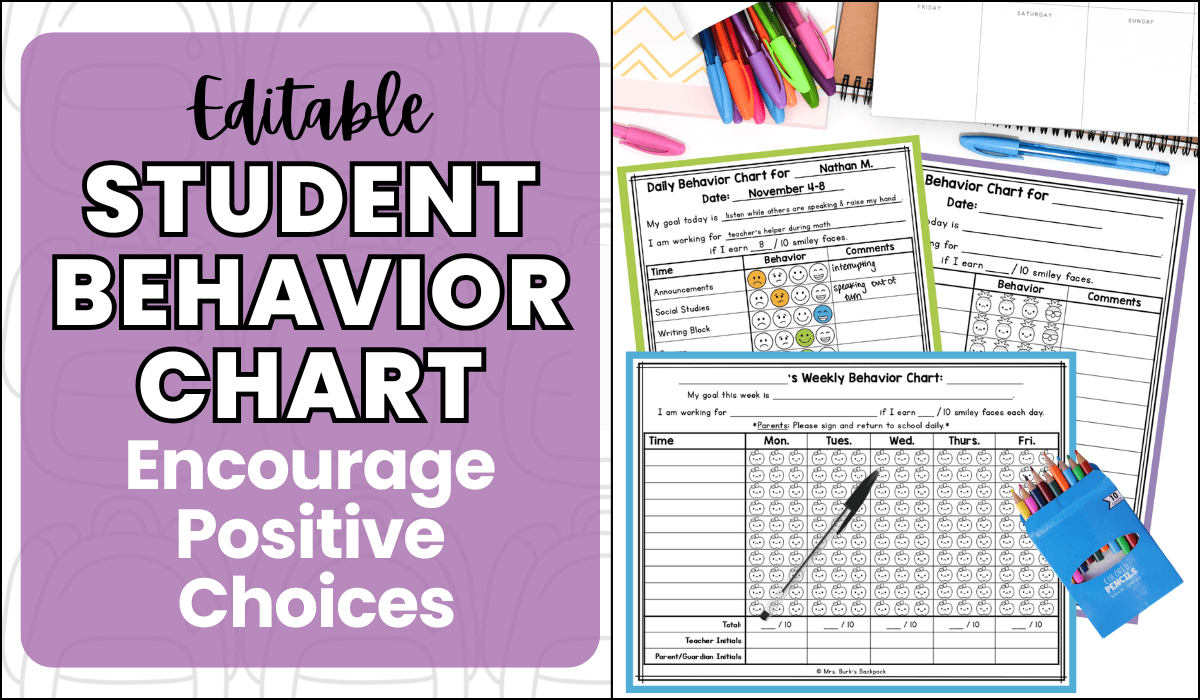
The Best Student Behavior Charts to Support Positive Choices!
If behavior struggles have been stealing too much of your instruction time, you’re not alone! Student behavior charts can simplify your classroom management, motivate students, and bring the focus back to learning.
With my Editable Positive Behavior Chart Templates, you can easily track daily and weekly progress!
When I taught 2nd grade, I started using these individual student behavior charts in an effort to manage some tough, persistent behaviors. These simple smiley-face trackers helped students take ownership of their actions, and I saw a huge improvement in classroom motivation, respect, and responsibility.
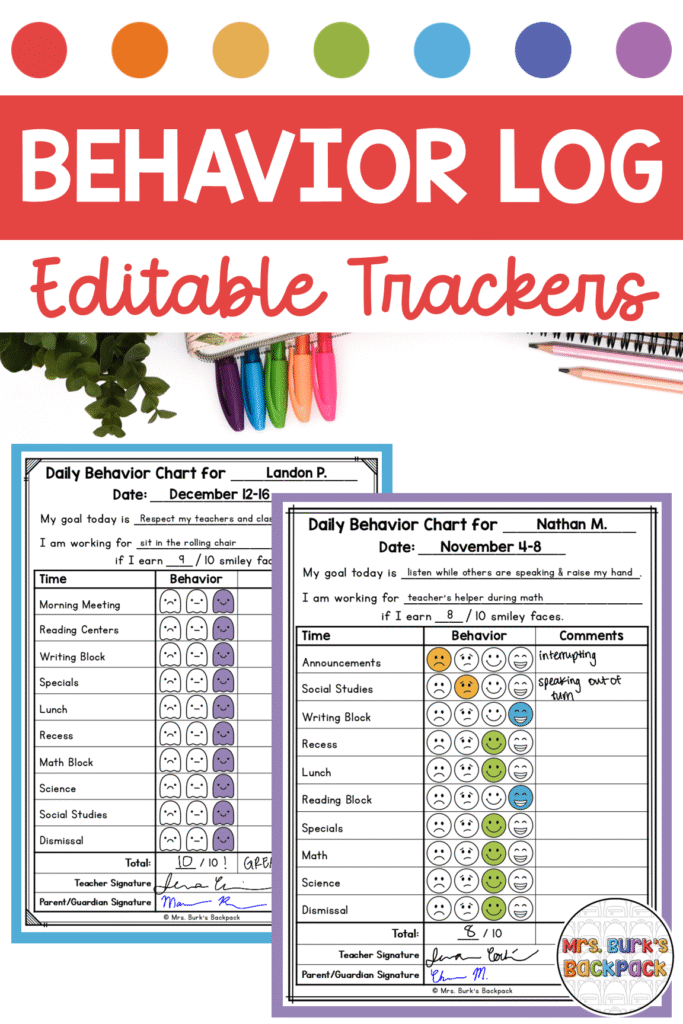
Benefits of Using an Individual Student Behavior Chart
These individual student behavior charts help track each child’s choices throughout the day. They can provide structure and accountability, especially for students who need extra support.
Here’s why teachers love using them:
- Sets Clear Expectations – By starting each day with a discussion about the student’s individual behavior goal and reward.
- Provides Multiple Opportunities for Success – Breaking the day into parts helps students view each new time block is a fresh start.
- Incorporates Positive Reinforcement – Students can see their progress, which builds motivation to continue making good choices. They will love tracking their behaviors in a fun, visual way!
- Supports Behavior Plans & IEPs – Easy to customize for specific goals or target behaviors to track data needed for IEPs or RTI.
- Improves Home Communication – Families can easily understand this visual record to see how their child’s day went.
- Simplifies Data Collection – Daily or weekly tracking makes it easy to document patterns over time.
Editable Student Behavior Charts to Support Daily or Weekly Tracking
These behavior charts help you monitor progress and celebrate growth for elementary school students all in one place!
What’s Included?
Daily and Weekly Behavior Chart Templates — perfect for tracking short- or long-term progress.
Smiley-Face Emoji Behavior Charts — an easy visual system for younger students. Choose from 27 total behavior charts with 6 different smiley face clipart designs to mix things up all year long!
Editable PowerPoint Files for Flexible Time Segments – Customize in PowerPoint to fit your classroom schedule.
Printable & Reusable PDF — Laminate or use sheet protectors to save paper and reuse year-round.
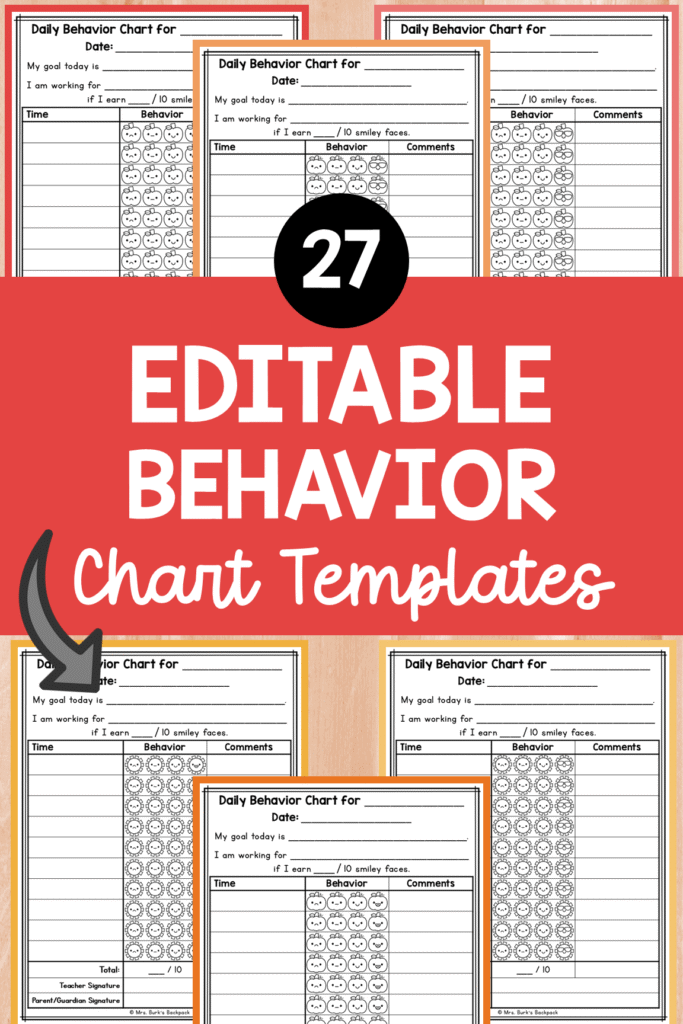
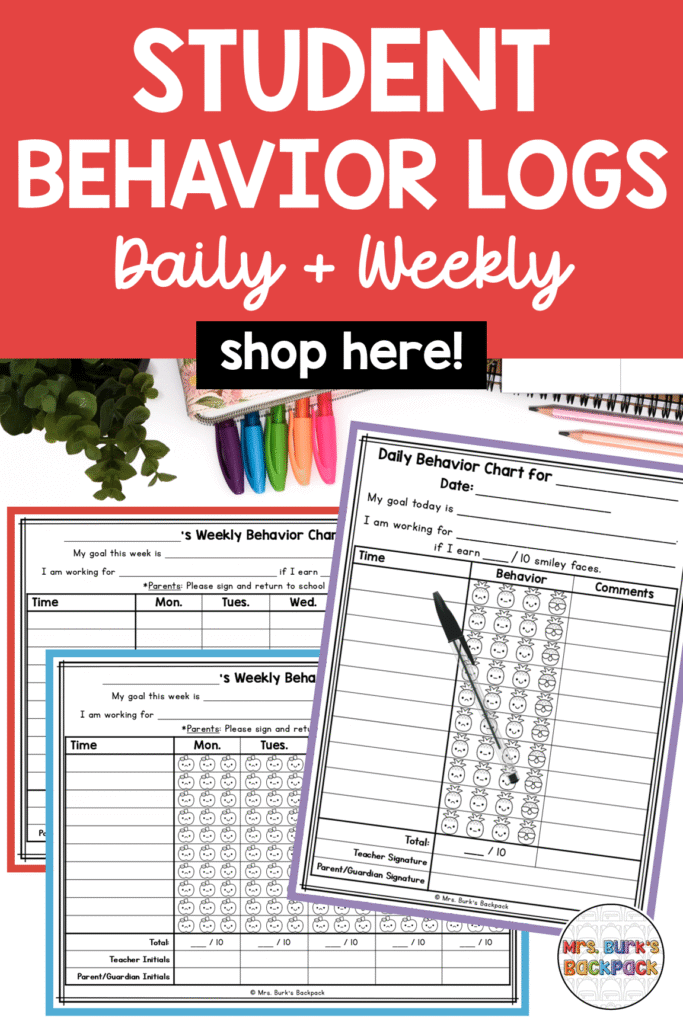
How to Use a Positive Behavior Chart to Motivate Students
The key to success with any student behavior chart is getting both students and families on board. They should see it as a positive tool, not a punishment.
A few tips for introducing behavior charts effectively:
- Start Positive. Present the chart as a goal-setting tool to emphasize that it’s meant to celebrate success! Walk through the chart in a one-on-one setting to explain what each section means.
- Be consistent. Use it daily at the same times so students know what to expect. I recommend meeting with the student at least twice throughout the day to go over their chart.
- Celebrate! A quick “Look at how many smiles you earned today!” goes a long way and can boost motivation even more. Be sure to let students pick a reward that they want to work for.
- Communicate with Families. Send the chart home weekly (or send a picture). They will appreciate the clear feedback!
When students understand the why behind the chart, they’re far more likely to take ownership of their behavior.
Student Behavior Charts for Easier Classroom Management
If you’re ready to make managing student behaviors easier, try using these Editable Daily & Weekly Student Behavior Charts to encourage responsibility and consistency.
Teachers who have used these charts have seen how effective they are in real classrooms. Here’s what one teacher had to say:
“I’ve been using this behavior tracking resource daily with a couple students, and it’s been a game-changer! Not only is it super easy to use, but the best part is how customizable it is. The different emojis are a huge hit with the kids—they love picking their favorites, and I can easily change them up to match the season or individual student preferences. It really helps keep the students engaged while tracking their behavior in a positive, fun way. It’s become an essential part of my classroom routine with those kiddos, and I highly recommend it to other teachers!”
Have you tried using behavior charts in your classroom? Share your favorite ideas or examples in the comments! I’d love to hear how you make positive behavior a daily focus.
If you’d like to save these behavior chart ideas for later on Pinterest, pin the images below.
